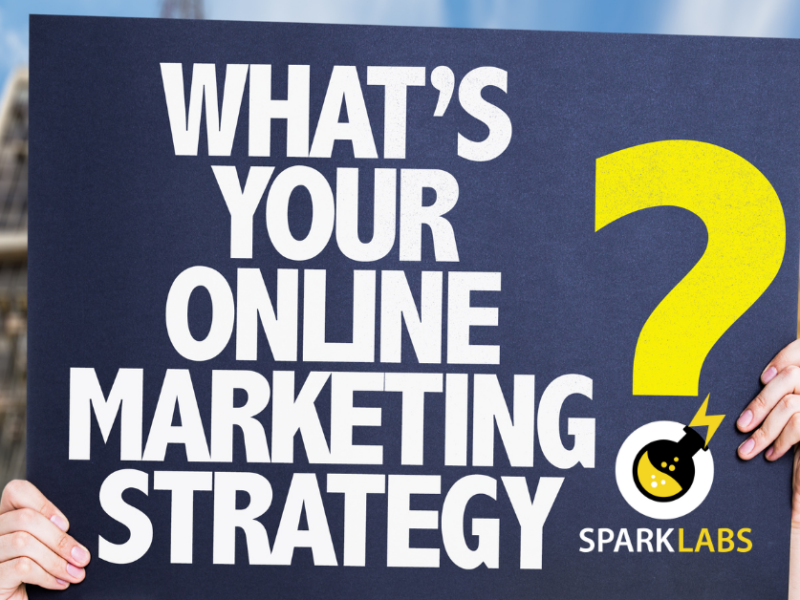
Executive Briefings: Creating Market Leadership
Executive Briefings: Creating Market Leadership https://csuiteold.c-suitenetwork.com/wp-content/uploads/2017/03/HuffPost_CMO-Council_500x500.jpg 500 500 C-Suite Network https://csuiteold.c-suitenetwork.com/wp-content/uploads/2017/03/HuffPost_CMO-Council_500x500.jpgDonovan Neale-May, Founder & Executive Director of the CMO Council
March 23rd, 2017
Technology moves quickly, thus understanding marketing trends that make an impact is critical in creating market leadership. This edition of C-Suite Executive Briefings features top thought leader Donovan Neale-May, Founder and Executive Director of the Chief Marketing Officer (CMO) Council, Executive Director of the Business Performance Innovation (BPI) Network, and Co-Founder and Managing Partner of The SABLE Accelerator (South African Business Link to Experts).
Donovan discusses how keeping pace with the latest digital marketing trends is challenging, at most. He shares his thoughts and insider business trends for creating market leadership.
The C-Suite is a vast audience of leaders who all have a little extra insight into their industry and the current business world. I sit down with these leaders to give them the opportunity to share that insight and give a glimpse to their personal stories as a business leader.
I recently had the opportunity to interview Donovan Neale-May, Executive Director of the Chief Marketing Officer (CMO) Council.
What is the role of a Chief Marketing Officer?
When we started the CMO Council back in 2003, the CMO was more of a Chief Branding Officer. The title has evolved dramatically with new requirements on the job, new alignments within the C-suite and a proliferation of the Chief titles.
The CMO today has to be the real architect custodian champion of customer experience, which is driven through a data-centric strategy that has a lot of technology underpinnings to it. But, more importantly, is one that aligns the organization across the multiplicity of disciplines.
What new challenges do today’s CMOs face in relation to leveraging technology to create a great customer experience?
It goes back to the issue of data and the multiplying sources of data. There are thousands of applications across all areas of interaction, operation, and campaign execution. The challenge is determining which ones to deploy, where to deploy them, and then how to take the data that each application generates and unify and integrate it, and pull out actionable insight that can help decision support from a marketing standpoint.
CMOs are overwhelmed with data sprawl. Data tends to reside in different repositories and siloes across different functional areas, which is a problem when you try to deliver an omni-channel experience.
CMOs today have got to forge a strong tie or linkage with the CIO and with IT organizations. Many CIOs are hiring IT professionals and bringing them into the marketing department.
We have heard that big data is the answer to creating a more focused customer experience. Do you think it has
created more problems than it has solved?
Today it is about APRs, and how you can connect into different data streams and data sources to have a seamless view and add value to the front-line information gap, to the back office disconnect gap – to the things that, typically, irritate or bother customers. From an experience standpoint, it has mostly to do with the fact that you have disconnected channels of engagement and touch-points that don’t have real-time, up to the minute, insight into the customer.
The cognitive computing model is going to be transformational because it takes technical complexity away.
What is the future of customer loyalty programs?
Customer loyalty is going to be embedded in the digital wallet, however, most customer loyalty programs do not work that well. If you look at the retail world, there is a lot of data being generated by loyalty rewards programs, however people use them only to get a discount. Therefore, you’re actually cannibalizing your business because it’s not value added, it’s just savings on a purchase.
The question then is, how do you take that insight, the transactional history, and leverage that in a granular way to cross sell, up sell, and get a competitive switch? Many marketing companies track millions of transactions a week from thousands of retail outlets, however it is generally historical purchasing. It is not necessarily going to predict what those customers are likely to buy in the future.
The loyalty rewards programs are good if they are fortified, well supported, implemented effectively, and people don’t have a hustle redeeming… getting value back from signing up to participate.






